LESSON ELEMENT JELLY MODS INSTRUCTIONS AND ANSWERS
CLASSROOM TESTED LESSON VIDEO DESCRIPTION “SECRETS OF THELESSON PLAN FORMAT FOR ELEMENTARY MIDDLE SCHOOL METHODS
SCIENCE LESSON PLAN IONIC AND COVALENT BODING
Teach Engineering Stem Curriculum Lesson Designing Bridges
UNIT SLAVERY LESSON 25 FREDERICK DOUGLASS (2
013_Spring1_UKS2_Yr5_Lesson_5
OCR A Level Biology A Biology B (Advancing Biology) Lesson Element - Jelly Mods

Lesson Element
Jelly Mods
Instructions and answers for teachers
These instructions cover the student activity section which can be found on page 10. This Lesson Element supports OCR A Level Biology A and OCR A Level Biology B (Advancing Biology).
When distributing the activity section to the students either as a printed copy or as a Word file you will need to remove the teacher instructions section.
Introduction
‘Jelly mods’ biological molecule activity allows students to build biological molecules of varying complexity and explore the following concepts:
the structure of monomers and polymers in a range of biological molecules e.g. carbohydrates
condensation and hydrolysis reactions in formation and breakdown of biological molecules.
This activity can be developed using ‘molymod’ kits or jelly sweets and cocktail sticks. The objective is to broaden student knowledge of biological molecules and to aid understanding of those molecules included on the specification. The concepts learned will support advancement to A level as a range of molecules are discussed.
Key terms
monomer, monosaccharide, disaccharide, triose, pentose, hexose, isomer, polymer, polysaccharide, glycosidic bond, condensation, hydrolysis.
These key terms can be consolidated by the quiz activity that follows the lesson as plenary or starter for following lesson, whereby students are given ‘bingo’ cards. The bingo caller calls out definitions for the key terms which students match to their bingo cards.
Common misconceptions
students often memorise which monomers each polymer is made of but then struggle to apply knowledge to ‘new’ molecules which have not been studied in detail
students fail to recognise the link between triose (C3), pentose (C5) and hexose (C6) in metabolic reactions, such as respiration
students looking at ring form structures of monosaccharides often relate the terms pentose and hexose to the shape of the molecule rather than the number of carbon atoms it has
students often suggest that alpha glucose forms ‘alpha helices’ during condensation reactions, a misconception stemming from protein structure.
Student instructions for ‘Jelly Mods’ activity
If jelly sweets are used - each student will select at least six black jelly sweets (carbon atoms), six red jelly sweets (oxygen atoms) and twelve white OR yellow jelly sweets (hydrogen atoms). Each student will also need approximately 25 cocktail sticks-these can be broken in half or quarters to provide bonds.
OR
Molymods ® can be used if sufficient kits are available.
Students can work in groups of two-four and complete the activities on the student activity worksheet using models and information sheet on carbohydrates.
If jelly sweets are used a centre risk assessment should be carried out regarding handling of sweets (i.e. need to wash hands) and use of sharp-ended cocktail sticks.
‘wine gums’ or ‘midget gems’ provide the appropriate colours and consistency for the jelly sweets in this activity.
Student instructions for ‘Bingo’ starter/plenary activity
There is also a starter or plenary ‘bingo’ activity that consolidates key terms.
Each student or group of students is given a bingo card with key terms (these can be laminated for reuse). The bingo caller pulls out a random number from 1 to 12 and reads out the definition associated with the number (random number generator can be used). Students must pick the key term that matches the definition read by the caller and cross it off on their card. The winner is the first to cross out the six definitions on their card.
Student Worksheet for ‘Jelly Mods’ Activity: Answers
Task 1
Using your jelly sweets and cocktail sticks, construct models for each of the molecules A- F shown on the sheets provided.
Key:
Black sweets - carbon atoms
Red sweets - oxygen atoms
White OR yellow sweets - hydrogen atoms
Cocktail sticks - bonds.
The box below gives information about molecule A
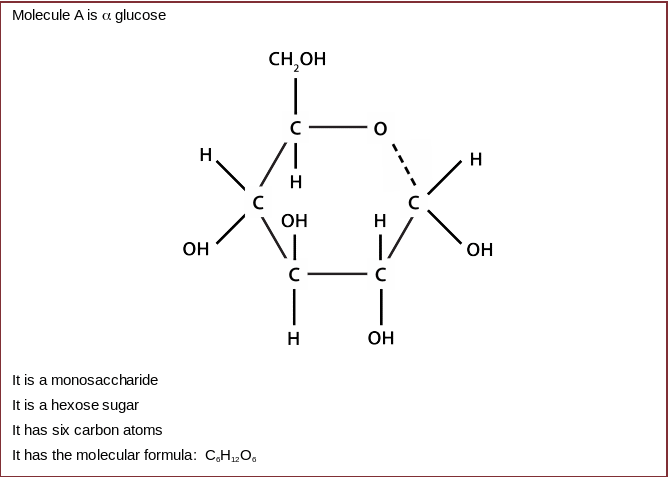
Using your models and the information sheet provided, complete the boxes for molecules B–F.
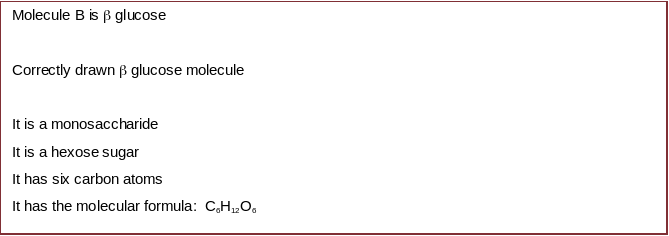
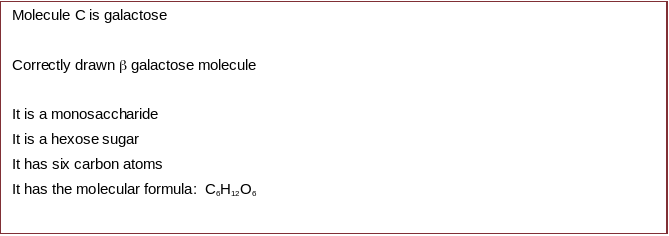

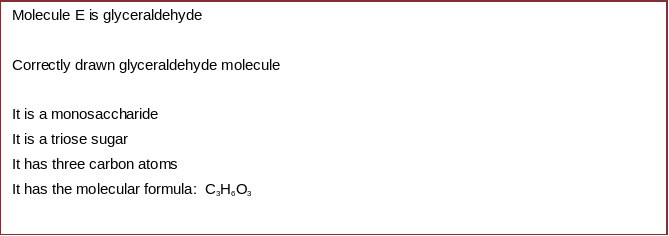

Task 2
Using your jelly models, change molecule B into molecule A. You now have two models of molecule A.
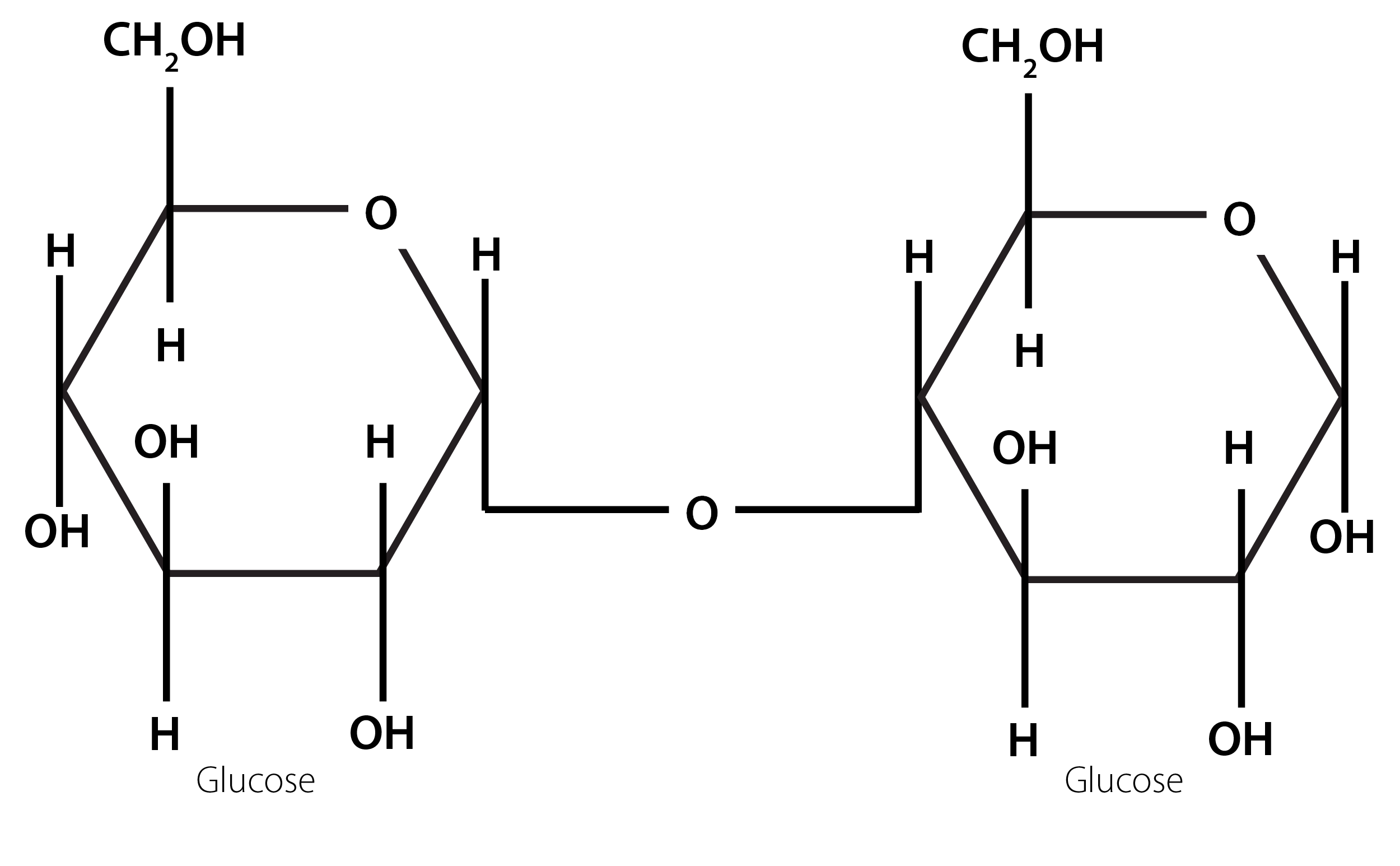 Join
these two molecules together as shown below:
Join
these two molecules together as shown below:
Reverse your actions to get two models of molecule A again.
Now repeat (b) using models of molecules A and F. Draw this new molecule below:

Discussion and Research Questions
Task 1 Questions
 Number
the carbon atoms on molecule A and F (you may need to research
this).
Number
the carbon atoms on molecule A and F (you may need to research
this).
Molecule A
Molecule F
Compare your models and the information you have written for molecules A, B, C and F. Describe and explain the similarities and differences between the molecules.

Compare your models and the information you have written for molecules D and F. Describe the similarities and differences between the two molecules.

Molecules A, B, C and F are structural isomers.
Explain the term ‘structural isomer’.

Explain how the difference in structure may affect the properties of these isomers.

Molecule D and E are found in mammals. Research these two molecules and describe where they occur and what they are used for.
|
Molecule A |
Glyceraldehyde |
Intermediate in respiration (as in glycolysis) |
|
Molecule D |
Ribose |
Synthesis of nucleic acids, ribose is a constituent of RNA |
Task 2 Questions
What atoms were removed to make the new molecule in (b)?

What is the type of molecule you have produced by removing these atoms and joining the two molecules in (b)?

What is the full name for the bond formed in (b)? (You may need to refer to your answers in Task 1 Question 1.

What are the molecular formulae of the new molecules produced in (b) and (d)? Can the two new molecules be described as isomers?

The process in (b) is a condensation reaction and (d) is a hydrolysis reaction. Research these reactions and explain how they are carried out in mammals and the importance to the organism.

We’d
like to know your view on the resources we produce. By clicking on
‘Like’
or ‘Dislike’
you can help us to ensure that our resources work for you. When the
email template pops up please add additional comments if you wish
and then just click ‘Send’. Thank you.
If you
do not currently offer this OCR qualification but would like to do
so, please complete the Expression of Interest Form which can be
found here: www.ocr.org.uk/expression-of-interest
Lesson Element
Jelly mods
Student Activity
Student Worksheet for ‘Jelly Mods’ Activity
Task 1
Using your jelly sweets and cocktail sticks, construct models for each of the molecules A- F shown on the sheets provided.
Key:
Black sweets - carbon atoms
Red sweets - oxygen atoms
White OR yellow sweets - hydrogen atoms
Cocktail sticks - bonds.
The box below gives information about molecule A.
Molecule A is glucose
It is a monosaccharide
It is a hexose sugar
It has six carbon atoms
It has the molecular formula: C6H12O6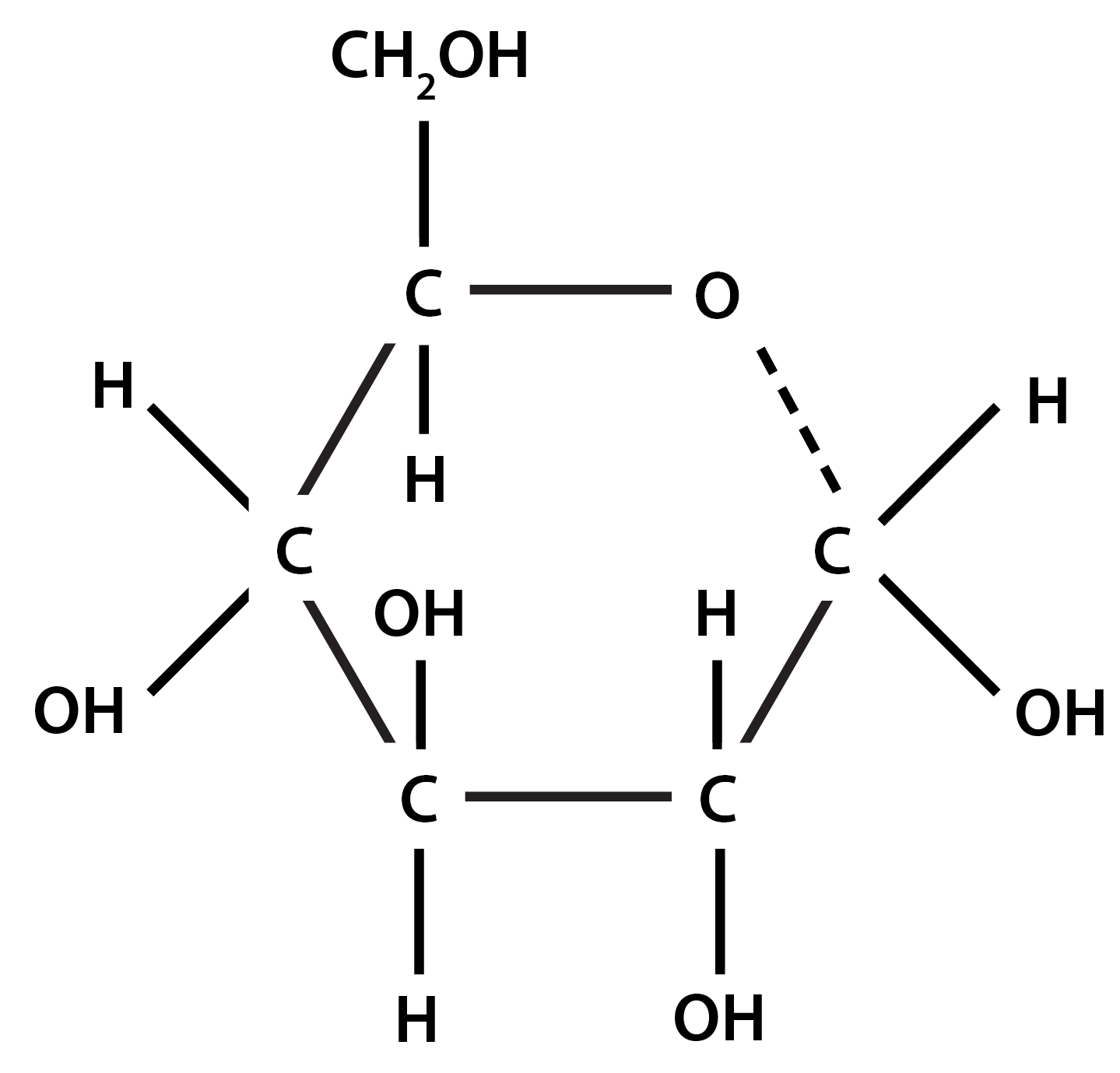
Using your models and the information sheet provided, complete the boxes for molecules B–F.
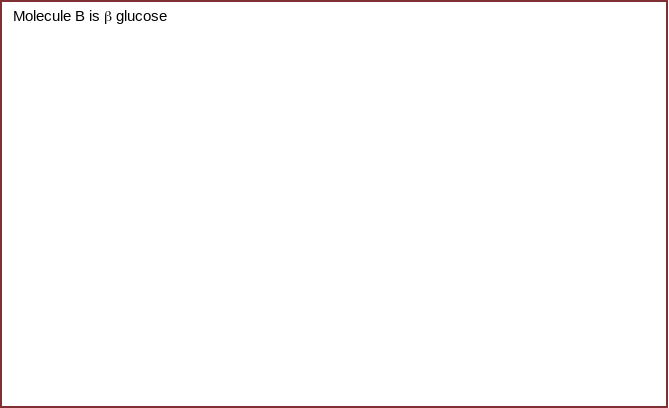


Molecule D is ribose
Molecule F is fructose
Task 2
Using your jelly models, change molecule B into molecule A. You now have two models of molecule A.
J
oin
these two molecules together as shown below:
Reverse your actions to get two models of molecule A again.
Now repeat (b) using models of molecules A and F. Draw this new molecule below:
Discussion and Research Questions
Task 1 Questions
Number the carbon atoms on molecule A and F (you may need to research this).
Compare your models and the information you have written for molecules A, B, C and F. Describe and explain the similarities and differences between the molecules.
Compare your models and the information you have written for molecules D and F. Describe the similarities and differences between the two molecules.
Molecules A, B, C and F are structural isomers.
Explain the term ‘structural isomer’.
Explain how the difference in structure may affect the properties of these isomers.
Molecule D and E are found in mammals. Research these two molecules and describe where they occur and what they are used for.
Task 2 Questions
What atoms were removed to make the new molecule in (b)?
What is the type of molecule you have produced by removing these atoms and joining the two molecules in (b)?
What is the full name for the bond formed in (b)? (You may need to refer to your answers in Task 1 Question 1.
What are the molecular formulae of the new molecules produced in (b) and (d)? Can the two new molecules be described as isomers?
The process in (b) is a condensation reaction and (d) is a hydrolysis reaction. Research these reactions and explain how they are carried out in mammals and the importance to the organism.
References
http://science.uvu.edu/ochem/index.php/alphabetical/g-h/haworth-formula/
Version 1
1 EDTPA LESSON PLAN PROFESSIONAL GUIDELINES 72314 REVISED 8417
10 AMAZING LIFE LESSONS YOU CAN LEARN FROM ALBERT
10 MICRO I LESSON 3 PREFERENCES LESSON 2
Tags: answers for, your answers, lesson, answers, element, instructions, jelly
- UNIVERSIDAD DE ESPECIALIDADES UEES FACULTAD DE ECONOMIA Y
- THE WIFE’S LAMENT FREE TRANSLATION BY EAVAN BOLAND THIS
- АДМИНИСТРАЦИЯ ГОРОДА НОВОАЛТАЙСКА АЛТАЙСКОГО КРАЯ П О С Т
- EUGENIUSZ GOŁĘBIEWSKI STRONA 4 Z 4 DLACZEGO NIE INSTALOWANO
- STIC200615 POWERPLUSWATERMARKOBJECT20298945 CIRCULAIRE CIRCULAIRE DU SOUSSECRÉTAIRE GÉNÉRAL À LA
- COMMON ACRONYMS ACRONYM CODE AAHRP ASSOCIATION FOR THE ACCREDITATION
- tu Logo the web Page you Requested was Blocked
- ILINE 9 NFORME P DE LA C 1015 PÁGINA
- ZAŁĄCZNIK DO WNIOSKU O DOFINANSOWANIE W RAMACH REGIONALNEGO PROGRAMU
- CLINICAL STUDIES AND REGULATED RESEARCH ASSURANCES ATTACHMENT GRANTS THAT
- RECURSOS DE INTERVENCIÓN TEMPRANA Y EDUCACIÓN ESPECIAL PARA LAS
- VÝSLEDKY PŘEBORU UJEP VE SKOKU VYSOKÉM TERMÍN
- OVAJ PROJEKAT FINANSIRA EVROPSKA UNIJA UGOVOR O DODJELI BESPOVRATNIH
- PREFERENCES INTERESTS NEEDS AND STRENGTHS (PINS) ROUNDED RECTANGLE 1
- ARKANSAS DEPARTMENT OF HUMAN SERVICES DIVISION OF COUNTY OPERATIONS
- WIJ HEBBEN DRINGEND NODIG MENSEN DIE GESCHIEDENIS MAKEN EN
- BEZOEKADRES STADHUIS AMSTEL 1 1011 PN AMSTERDAM POSTBUS 202
- THE MARINE MACROALGA CYSTOSEIRA BACCATA AS BIOSORBENT FOR CADMIUM(II)
- PONDERATIETABEL 8 16 17 18 19 20 21 22
- ALLEGATO C – DICHIARAZIONE CONCERNENTE GLI INDICATORI DI REALIZZAZIONE
- ENFERMEDAD DE LOS BARBEROS O SINUS PILONIDAL INTERDIGITAL UBICACIÓN
- WIPOGEOBEI073 PAGE 7 E WIPOGEOBEI073 ORIGINAL ENGLISH DATE JUNE
- MINISTARSTVO POLJOPRIVREDE 984 NA TEMELJU ČLANKA 3 STAVKA 4
- BALLANTRAE MEDICAL PRACTICE NEW PATIENT INFORMATION PLEASE TAKE
- CON ESTE FRÍO NADA MELLOR QUE…… LACÓN CON GRELOS
- BALANCE 2006 DEL SERVICIO DE CONSERVACIÓN Y MANTENIMIENTO DE
- PHASE HAZARD ANALYSIS (PHA) SUBMITTAL A PHASE HAZARD ANALYSIS
- POLICY ID NO DCS36 – CL SISTERFRIENDSHIP CITY GUIDELINES
- BALIKESİR BAROSU CMK UYGULAMA YÖNERGESİ 1 BÖLÜM AMAÇ MADDE
- TERMINOS DE REFERENCIA COMPRA DE MENOR CUANTIA ADQUISICION DE
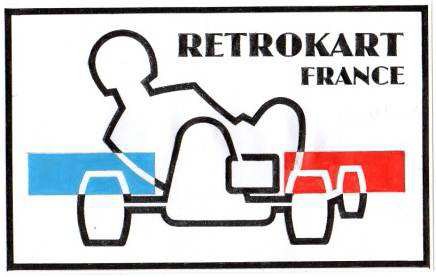 Coupe de France Histori’kart Angerville (91) 18 et
Coupe de France Histori’kart Angerville (91) 18 et JANUÁR ELSEJE – A BÉKE VILÁGNAPJA „ZENEBONA BABONA HUZAVONA
JANUÁR ELSEJE – A BÉKE VILÁGNAPJA „ZENEBONA BABONA HUZAVONAPHIL R CUMMINS | NATURE VOL 449 | 6
 11 EVALUACIÓN DE LA APTITUD COMBINATORIA GENERAL Y ESPECÍFICA
11 EVALUACIÓN DE LA APTITUD COMBINATORIA GENERAL Y ESPECÍFICA 25TH NOVEMBER INTERNATIONAL DAY FOR THE ELIMINATION OF VIOLENCE
25TH NOVEMBER INTERNATIONAL DAY FOR THE ELIMINATION OF VIOLENCEWINTER 2019 EARTHQUAKE AND VOLCANOES – 01460201 INSTRUCTOR DR
 KOM OG VÆR MED TIL SOMMERAKTIVITETER I 2010 PÅ
KOM OG VÆR MED TIL SOMMERAKTIVITETER I 2010 PÅ G EELONG HIGH SCHOOL DEVICE GEELONG HIGH SCHOOL IS
G EELONG HIGH SCHOOL DEVICE GEELONG HIGH SCHOOL ISLUSSIO 1 MANTI FATTU FAI UNA PROMISSA DE BIRI
REDE VAN DEN HEER A TUSCHINSKI BIJ DE OPENING
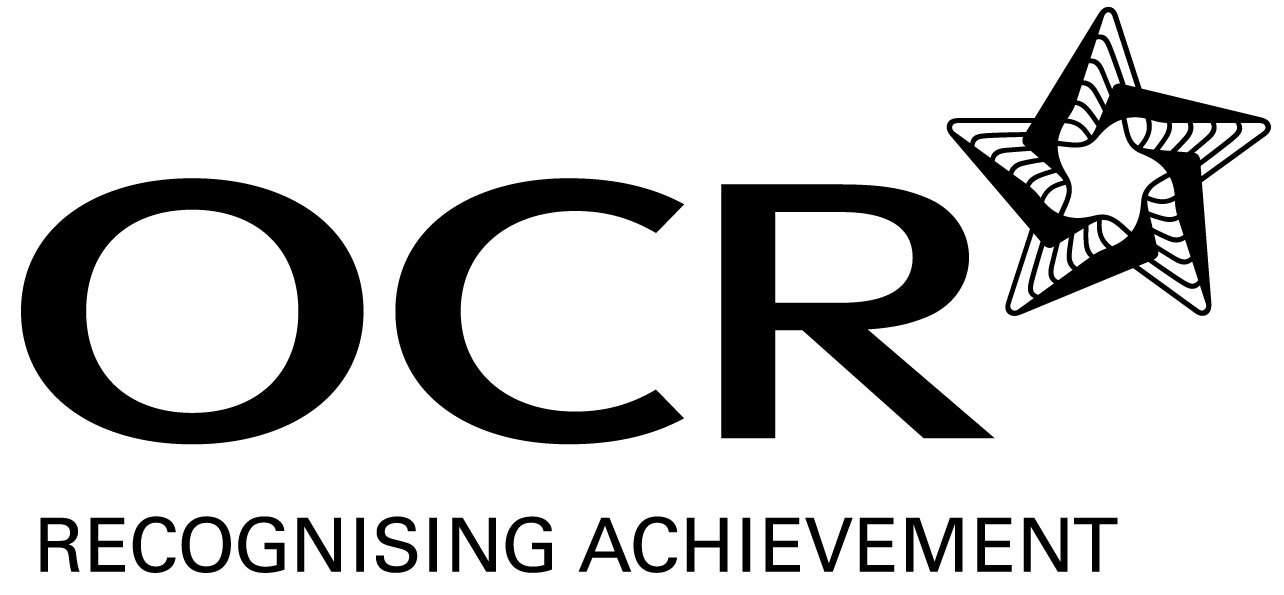 SUPPORT MATERIAL GCE RELIGIOUS STUDIES OCR ADVANCED GCE IN
SUPPORT MATERIAL GCE RELIGIOUS STUDIES OCR ADVANCED GCE IN SECRETARIA DA RECEITA FEDERAL COORDENAÇÃOGERAL DE ADMINISTRAÇÃO TRIBUTÁRIA –
SECRETARIA DA RECEITA FEDERAL COORDENAÇÃOGERAL DE ADMINISTRAÇÃO TRIBUTÁRIA –FACULDADE DE TECNOLOGIA CETEP PÓSGRADUAÇÃO EM GESTÃO PÚBLICA
WYPEŁNIA ZESPÓŁ KIERUNKU NAZWA MODUŁU (BLOKU PRZEDMIOTÓW) CHEMIA KOD
 TC ŞANLIURFA HARRAN ÜNİVERSİTESİ HASTANESİ AMELİYATHANE SORUMLU HEKİMİ YETKİ
TC ŞANLIURFA HARRAN ÜNİVERSİTESİ HASTANESİ AMELİYATHANE SORUMLU HEKİMİ YETKİAKTA OSOBOWE (PRACOWNICZE) INFORMACJA WS EWIDENCJONOWANIA I PORZĄDKOWANIA AKT
 USO DE ACOLCHADOS EN PRODUCCIÓN INTEGRADA DE CÍTRICOS EFECTOS
USO DE ACOLCHADOS EN PRODUCCIÓN INTEGRADA DE CÍTRICOS EFECTOS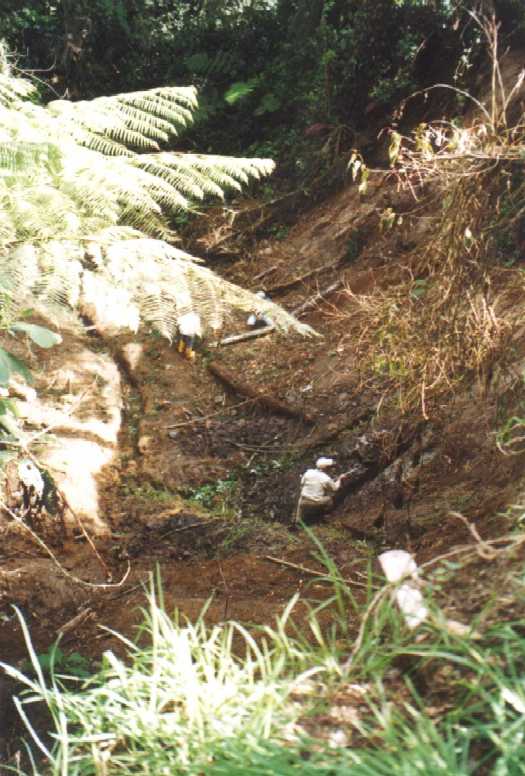 CAUSAS FRECUENTES DE MOVIMIENTOS MASALES Y EROSIÓN AVANZADA EN
CAUSAS FRECUENTES DE MOVIMIENTOS MASALES Y EROSIÓN AVANZADA ENMODELO CURRICULM VITAE BECAS SEOM (A RELLENAR ELECTRÓNICAMENTE) DATOS
ZÁKLADNÍ INFORMACE K SOUTĚŽI ODKAZ CYRILA A METODĚJE ANEB